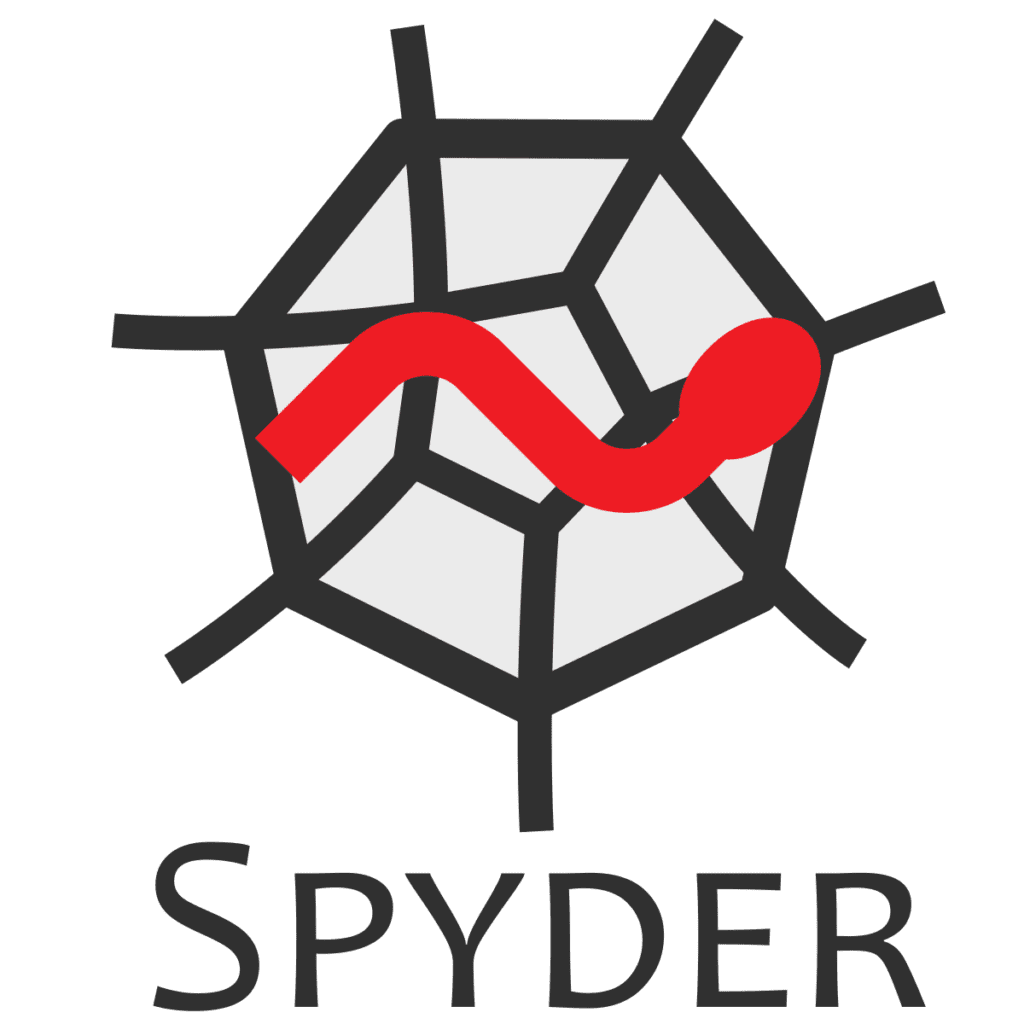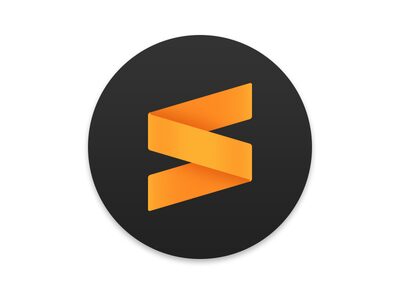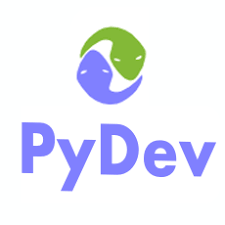 90378 28292
90378 28292

Hackers are classified into different categories based on their purpose of hacking a system such as white hat, black hat, and grey hat.. They were classified based on old Spaghetti Westerns, there was a bad guy wearing a black cowboy hat and the good guy wearing a white hat.
In order to prevent and detect hacking attempts, it is also important to determine which type of hacker behind the attacks as well. Hackers come in different shapes, sizes, and intentions, so never judge a hacker by their cover, because attackers must use different methods for succeeding his attack. We’ll give you the brief about different types of hackers you may come across online.
The White Hat Hacker

White Hat hackers are also known as Ethical Hackers, white hat hackers use different techniques to the protected systems to test the security of the system or conduct vulnerability assessments for a client. Most of the time, they work on the security field of a company and check the security software or product and find security weaknesses or vulnerabilities in the software before releasing it for open or business usage.
While they may use many tools and methods to find vulnerabilities, white hat hackers do not use the data that they have found for any illegal activities. Simply the white hacker does what he or she does for ethical reasons, and there are similar classes and certifications available to become a white hat hacker.
The Black Hat Hacker

A black hat hacker is the same as what the general public thinks when they hear about the word “hacker.” The black hat hacker is the inverse of the white hat hacker, where their aims are always for personal gain rather than public security. Black Hat also known as “crackers,” they gain enjoyment from cracking into systems and bypassing security. A black hat hacker usually targets to get profit from exploiting systems or does so simply to satisfy a goal for mischief.
The Grey Hat Hacker

The grey hat hacker is a mix of both white hat and black hat hackers. While the grey hat hacker might crack some rules and break laws, they usually don’t have a malicious objective or target like the black hat hacker. The white hat hacker will always hack under inspection or prior consent, but the grey hat hacker will not go to the lengths to gain permission before gaining access into systems.
When a grey hat hacker discovers a vulnerability, before alerting the authorities or the company, they most commonly offer to repair it for a fee – utilizing it as an possibility to make some financial gain. Grey hat hackers proving that they only break the law to help others, but because of the nature of their violating laws and testing companies, –companies may focus on prosecution rather than accepting the “help.”
Miscellaneous Hackers

Apart from the above well-known types of hackers, the hackers can be categorised based on what they hack and how they do it −
Red Hat Hackers

Red hat hackers are also a combination of both black hat and white hat hackers. They are generally on the level of hacking government agencies, most of the top-secret information centers, and usually anything that falls under the category of sensitive information.
Blue Hat Hackers

A blue hat hacker is a person outside cyber security firms who is used to bug-test a system initial to its launch. They look for the security loopholes that can be exploited and try to close these gaps. Microsoft also uses the term BlueHat to display a series of security breaching events.
Elite Hackers

This is a position among hackers, which is used to describe the most skilled hackers. Newly discovered vulnerabilities and exploits will propagate among these types of hackers.
The Script Kiddie

A script kiddie is an unskilled person who breaks into computer systems by using existing automated tools created by others, usually with little understanding of the basic concept, hence the term Kiddie is used to represent them.
Neophyte/Green Hat Hacker

A neophyte is also known as “n00b”, or “newbie” or “Green Hat Hacker”.This is someone who is fresher to hacking or phreaking and has almost no knowledge or experience of the workings of cyber security and hacking.
The Hacktivist

A hacktivist utilizes the entire world of computing and network technologies for a political action. Whether it is related to free speech,and sometimes freedom of information, or otherwise proving a stratagem theory, hacktivists spam many goals and issues. Most of the hacktivists work towards the same goal without reporting to a boss or an organization.
The people unfamiliar with the computing and network world have heard of hacktivist groups such as Anonymous, who have been actively engaging in their political movement over the past decade. Whether it is combating terror groups or calling for protests of retaliation, hacktivist groups hope to smash change in the real world through their programming skills in the cyber world.

Python is an interpreted, object-oriented high-level, dynamically semantic programming language. Its high-level built-in data structures, combined with dynamic binding and dynamic typing, make it ideal for Rapid Application Development and as a scripting or glue language for connecting existing components. Python’s simple, easy-to-learn syntax emphasizes readability and reduces the software maintenance costs. Modules and packages which facilitate software modularity and code reuse are supported by this programming language. The Python interpreter and its comprehensive standard library are free to download and distribute in its source or binary form for all major platforms.
- Is interactive in the sense that you can sit at a Python prompt and write your program by interacting directly with the interpreter.
- Is Object-Oriented as it supports an Object-Oriented programming style or technique in which code is contained inside objects.
- Agreat language for beginners because it allows you to create a wide variety of applications, from basic text processing to web browsers and games.
History of Python
In the late 1980s, Guido van Rossum developed this programming language. There is a reason why the name Python was chosen. Guido van Rossum was reading the published scripts for “Monty Python’s Flying Circus,” a famous BBC comedy series from the 1970s. Van Rossum wanted a name that was different, unique, and a little mysterious and thus he decided upon the name “Python”.
Python is derived from ABC, Modula-3, C, C++, Algol-68, SmallTalk, and Unix shell, and other scripting languages. Python is copyrighted. Like Perl, Python source code is available under the GNU General Public License (GPL).
Why is Python so popular?
1) First-choice Language
Python is the programming language of choice for many programmers and students, owing to its high demand in the development industry. Students and developers always look forward to learning a language that is in high demand. Python is undoubtedly the hottest cake in the market right now. The programming language is used by many programmers and data science students for their development projects. One of the most important sections of data science certification courses is learning this language. In this way, the Python programming language can provide students with a plethora of exciting career choices.
2) Versatility, Efficiency, Reliability, and Speed
The Python programming language is more powerful, dependable, and faster than most modern languages. Due to its flexibility, it can be used in a wide range of environments, including mobile apps, desktop apps, web creation, hardware programming, and so on. Its versatility and high number of applications makes it more attractive to use.
3) Mature and Supportive Python Community
This programming language was developed more than 30 years ago, which is a long time for any programming language culture to evolve and expand to the point that it can help developers at all levels, from novice to expert. There is a range of documentation, guides, and video tutorials available for the language that learners and developers of all skill levels and ages can use to improve their knowledge of the language.
4) Big data, Machine Learning and Cloud Computing
Cloud computing, machine learning, and big data are three of the most common computer science trends right now, and they’re helping a lot of companies change and develop their processes and workflows.
Python is the most widely used programming language for data science and analytics. Many of the organization’s data processing workloads are solely based on the this programming language. Because of its many uses, including the ease of analyzing and organizing functional data, the language is used for the majority of research and development.
5) Support from Renowned Corporate Sponsors
When a company sponsors a programming language, it grows faster. For example, Facebook supports PHP, Oracle and Sun support Java, and Microsoft supports Visual Basic and C#. Facebook, Amazon Web Services, and, most notably, Google all support the Python programming language.
Google adopted the programming language in 2006 and has since used it in a number of applications and platforms. Google has invested a lot of time and resources in the training and success of the programming language. They’ve also built a separate python-only portal. In the developer community, the list of support resources and documentation for the language continues to expand.
Python Features
- Databases − Interfaces to all major commercial databases can be provided by Python.
- GUI Programming − supports GUI applications that can be created and ported to many system libraries, calls and windows systems, such as Windows MFC, Mac, and the X Window system of Unix.
- Scalable − provides a better structure and support for large programs than shell scripting.
- supports functional and structured programming methods as well as OOP.
- Easy-to-maintain − source code is easy-to-maintain.
- A broad standard library − Python’s bulk of the library is very portable and cross-platform compatible on UNIX, Mac, and Windows
- Interactive Mode − Python has support for an interactive mode that allows interactive testing and debugging of snippets of code.
- Portable − can run on a wide variety of hardware platforms and has the same interface on all platforms.
- Extendable − You can add low-level modules to the Python interpreter. These modules enable programmers to add to or customize their tools to be more efficient.
- provides very high-level dynamic data types and supports dynamic type checking.
- supports automatic garbage collection.
- can be easily integrated with C, C++, COM, ActiveX, CORBA, and Java.
An integrated development environment (IDE) is a piece of software that allows programmers to create software in many ways. A source code editor, build automation tools, and a debugger are the most common components of an IDE. Intelligent code completion is available in most modern IDEs. An integrated development environment (IDE) allows programmers to incorporate the various aspects of writing a computer program. By adding features such as source code editing, creating executables, and debugging, IDEs help programmers become more productive. After the builds are finished, users can fine-tune their applications. They will frequently save various iterations of a project in case they need to go back in time. They will frequently save various iterations of a project in case they need to go back in time. It’s much easier to access the source code when these resources are all in one place. Many come with extra features like code testing, organization, and refactoring. Additional features like autocomplete, as well as build and deployment functionality, greatly enhance a developer’s capabilities and speed up development.
Features you need for a Python IDE or CE
- Automatic code formatting: CEs and IDEs that support Python can automatically indent, include missing end brackets, and add colons all according to Python’s style rules.
- Debugging: While a range of tools vary in how hands-on the debugging process is, it’s good to at least have the ability to step your code gradually to track changes.
- Save and reload: All IDEs and CEs should include some way to save and reload code in the same state. Some of the best tools go beyond this and include version control, which allows you to return to previous builds if required.
- Syntax highlighting: Automatic highlighting for different types of syntax is necessary for readability, For example, all variable names are white, all keywords are orange, etc.
Python IDEs
Now that you know about the integrated Development Environment, let’s look at a few popular Python IDEs.
1) IDLE

IDLE (Integrated Development and Learning Environment) is the Python default editor. It is one of the best Python IDE programs for beginners who want to learn Python quickly. For several Linux distributions, the IDLE program kit is optional. The software runs on Windows, Mac OS X, and Unix.
Features:
- Search different files
- It has a bilateral interpreter with colorizing of input, output, and error messages.
- Supports indentation, undo, call tips, and auto-completion.
Download Link: https://docs.python.org/3/library/idle.html
2) PyCharm

PayCharm is a Python programming IDE that runs on a variety of platforms. It is one of the most common Python IDE editors for Windows, Mac OS X, and Linux. This software includes an API that developers can use to create their own Python plugins to expand the software’s basic functionality.
Features:
- It is an intelligent Python code editor supported for JavaScript, CSS, and TypeScript.
- Smart Code Navigation
- It allows you to access Oracle, PostgreSQL, SQL Server, MySQL, and many other databases from the IDE.
Download Link: https://www.jetbrains.com/pycharm/
3) Kite

This editor supports more than 16 languages. It helps you to code faster with no hassle.
Features:
- It provides Python documentation.
- This editor offers a function signature as you type.
- You will receive a tooltip on mouse hover.
- Uses machine learning models for Python language.
Download Link: https://www.kite.com
4) Spyder

Spyder is a Python-based science integrated development environment. This program was developed for and by scientists who can work with open-source software such as Matplotlib, SciPy, NumPy, Pandas, Cython, IPython, SymPy, and others. Spyder is available for Windows, macOS, and Linux via the Anaconda (open-source distribution system) distribution.
Features:
- It is one of the best Python IDE for Windows which allows you to run Python code by cell, line, or file.
- Plot a histogram or time series, make changes in the data frame or NumPy array.
- It offers automatic code completion and horizontal/vertical splitting.
Download Link: https://www.spyder-ide.org/
5) Sublime Text 3

Sublime Text 3 is a code editor which supports different languages including Python. It is one of the best Python editors that has basic built-in support for Python. Customization of Sublime Text 3 is available for creating a full-fledged Python programming environment. The editor supports Windows, Mac, and Linux operating systems.
Features:
- Allows you to highlight syntax.
- It has a command Palette execution that accepts text input from users.
- Display badges for folders and file to indicate Git status
- Changes to a file are denoted by markers available in the gutter.
Download Link: https://www.sublimetext.com/3
6) Visual Studio Code

Microsoft’s Visual Studio Code (VS Code) is an open-source development environment. It is one of the best Python IDEs for Windows, and it can be used to build Python code. Electron is a platform for deploying Node JS applications for computers running the Blink browser engine, and Visual Studio Code is based on it.
Features:
- The editor comes up with smart code completion based on function definition, imported modules, as well as variable types.
- You can work with Git as well as other SCM providers
- Provides extensions to add new languages, debuggers, themes to gain the advantage of additional services.
Download Link: https://code.visualstudio.com/
7) Atom

Atom is a free and open-source text and source code editor for macOS, Linux, and Windows that includes support for JavaScript plug-ins and GitHub’s embedded Git Control.
Features:
- Package Manager Integrated for Plugins support
- The feature of smart autocompletion
- It is one of the best Python editors which supports Command Palette
- Allow cross-platform editing
Download Link: https://atom.io/
8) Thonny

Thonny is an integrated development environment (IDE) for learning and teaching programming, designed specifically for the beginner Pythonista scripting environment. It was created at the University of Tartu and is available for free download on Bitbucket for Windows, Linux, and Mac.
Features:
- Allows developers to understand how their code and shell commands influence Python variables.
- It is one of the best IDE for Python that delivers support for evaluating an expression.
- Python function call opens a new window with a separate local variables table in addition a code pointer.
Download Link: https://thonny.org/
9) Jupyter

Jupyter is a tool for people who have just started learning data science. It is an easy-to-use, interactive data science IDE across different programming languages that just not work as an editor, as well as an educational tool or presentation.
Features:
- It is one of the best Python IDE that supports Numerical simulation, data cleaning machine learning data visualization, and statistical modeling.
- Support for many programming languages.
- Integrated data science libraries (matplotlib, NumPy, Pandas).
Download Link: https://jupyter.org/install.html
10) Pydev

PyDev is a third-party Python editor for Eclipse. It is a IDE for Python which can be used in not only Python, as well as IronPython and Jython development.
Features:
- Allows user to create a Google App Engine (GAE) Python project
- Automatically import code to complete it.
- You can Configure Django integration.
Download Link: https://www.pydev.org/
